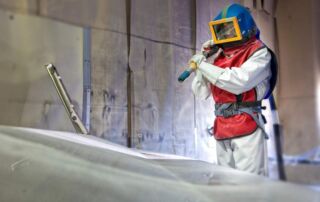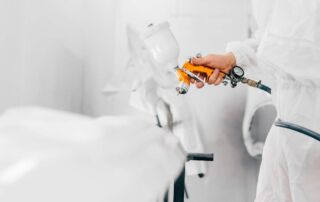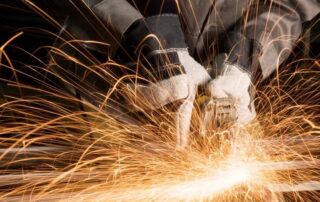In The Powder Coating Pretreatment Process, Various Methods May Be Needed
As mentioned in a previous post, pretreatment of parts in a powder coating process is the key to a successful finish. When parts are properly prepared, the powder coating adheres as it should and creates a long-lasting, corrosion-resistant, protective layer. One method for pretreatment is manually applying chemicals to the part. However, when throughput demands are high, an automated system will be a better solution. An automated pretreatment process consists of three to nine stages. In a simple three-step method, there’s a heat treatment step, a rinse step, and a sealant. A more complex system includes multiple heating and rinsing steps, and special sealants. Removing Hard-To-Remove Contaminants When the part has contaminants that are hard to remove, another step may be needed for cleaning parts. Blasting, also known as sandblasting or media blasting, this a mechanical cleaning method that uses high-velocity abrasive particles to clean and prepare a surface. Blasting removes contaminants, such as rust, old coatings, and minor surface defects. Blasting ensures an even surface for the coating and can also aid the adherence of the powder by creating [...]







